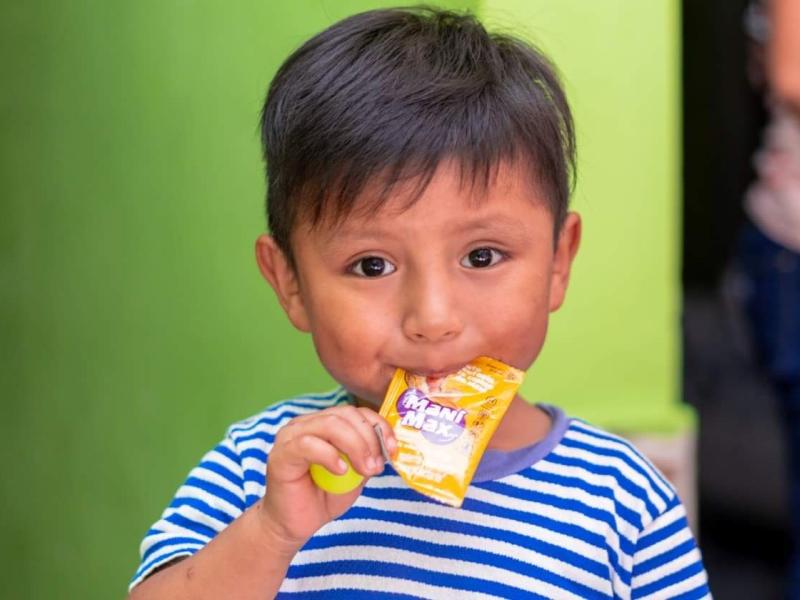Upcycle by-streams from animal sourced foods

Description of the innovative solution
Anemia is a condition caused by a lack of iron in the body and a major public health problem that affects millions of people around the world. It leads to fatigue, weakness, and impaired cognitive function, among other symptoms. One of the main sources of iron for humans is red meat, which is rich in iron. However, the production of red meat is resource-intensive and has a significant environmental impact. Upcycling wasted animal blood from slaughterhouses could act as a better alternative, and sustainable solution to the problem of iron deficiency anemia. The scabilitity of this innovation...
Anemia is a condition caused by a lack of iron in the body and a major public health problem that affects millions of people around the world. It leads to fatigue, weakness, and impaired cognitive function, among other symptoms. One of the main sources of iron for humans is red meat, which is rich in iron. However, the production of red meat is resource-intensive and has a significant environmental impact. Upcycling wasted animal blood from slaughterhouses could act as a better alternative, and sustainable solution to the problem of iron deficiency anemia. The scabilitity of this innovation would include collecting the blood from slaughterhouses and processing it into a form that could be easily consumed. This can be done through dehydration, sterilization, and the addition of other nutrients to create a nutrient-rich supplement. Not only is this approach more sustainable than traditional methods of iron supplementation, it takes a food systems approach to reduce the loss of a highly-needed nutrient and can improve animal welfare. Using animal blood that would otherwise be discarded could help to reduce the strain on our planet's resources and minimize the environmental impact of food production.
Examples and additional resources
Real-world examples
See this solution in action in different contexts and settings around the world
Global Initiative for a World Without Anemia (GIWWA)
Global Initiative for a World Without Anemia (GIWWA)
Additional resources
Learn more about this solution through studies, articles, business cases, and other information
Contacts
Connect to others working on and with this solution around the world
Pathways to uptake
Engage with our “backcasting tool” to imagine and design “pathways to uptake” for this solution in your setting.
This process involves defining a future vision of this solution being used in your context, and then working “backwards” to identify necessary steps to achieve this vision by 2030. Going through this exercise as an individual or with a team can help to clarify the WHAT/WHEN/HOW of moving a solution (or package of solutions) towards having major impact. We hope these pathways will inspire outside-of-the-box thinking, creative approaches, and actionable concrete steps to move ideas into action.
Pathway builder
Explore pathways for this solution
Be the first one and add a pathway for this solution!